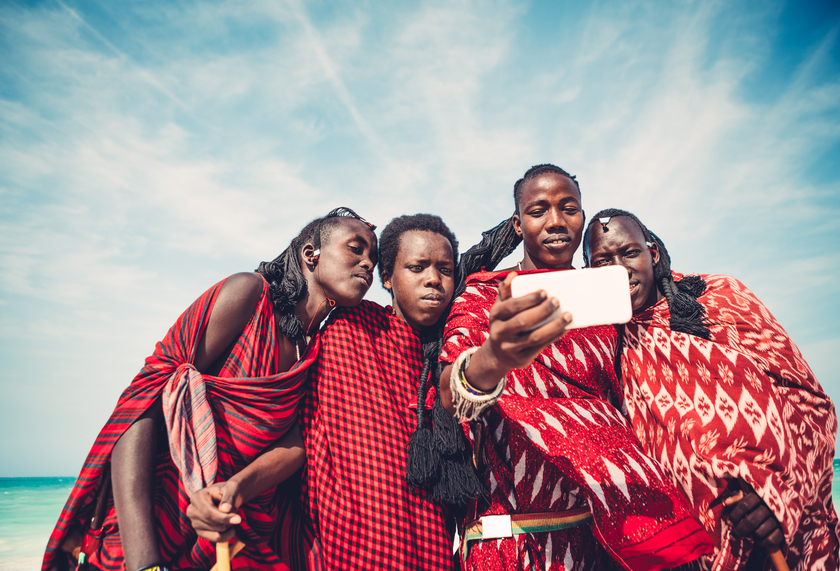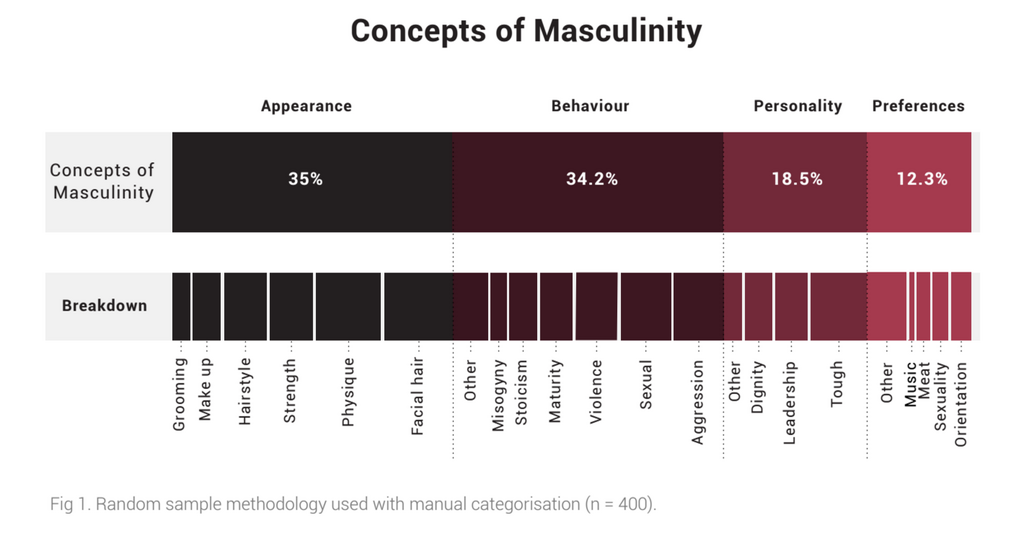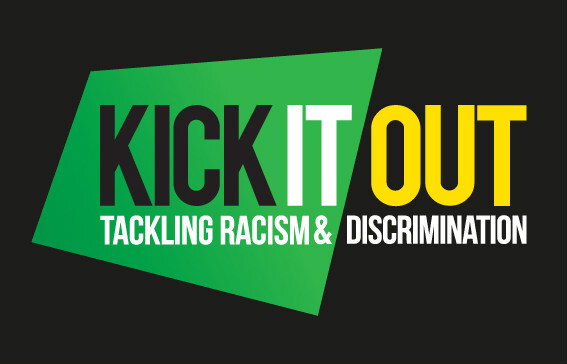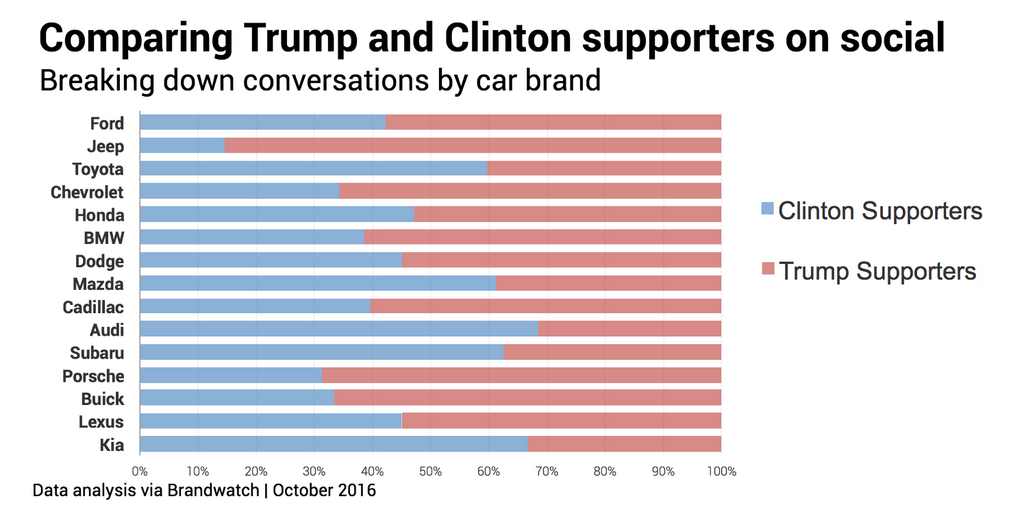The anthropologist in me sees social intelligence as a tool that can be used for exactly this purpose: social media ethnography.
Social intelligence as an industry and a technology has developed a lot over a short space of time. While it may have begun monitoring the number of likes and followers, the maturing of the industry has meant that social intelligence is now a robust research tool that facilitates social media ethnography/robust in-depth research.
Of course, no data collection method is without its problems. The conspicuous nature of sharing and the role of social media in the construction of the self in the online world means that social media has a sharing bias that needs to be considered.
This does not make it a bad research method, however. We see many our clients using social media ethnography for a fuller, more rounded understanding their audience. While many of those have to stay confidential, there are public case studies that illustrate the level of insights available.

Brandwatch recently partnered with anti-bullying charity Ditch the Label to publish a major new report. Entitled ‘Masculinity and Misogyny in the Digital Age’ the report evaluates 19 million tweets from the US and the UK over the span of four years in order to better understand the current state of misogyny and what it means to be a man according to social media.
The report defines masculine stereotypes and examines what happens when individuals deviate. It also tracked misogynistic language and investigated gender stereotypes for both men and women.
This example of social media ethnography takes an in-depth look at a phenomenon we are all depressingly familiar with. Last year, the former CEO of Twitter stated:
We suck at dealing with abuse and trolls on the platform and we’ve sucked at it for years. It’s no secret and the rest of the world talks about it every day. We lose core user after core user by not addressing simple trolling issues that they face every day.
I’m frankly ashamed of how poorly we’ve dealt with this issue during my tenure as CEO. It’s absurd. There’s no excuse for it.
Dick Costolo
The report revealed several insights, including:
- 30% of behavior related conversation discussed crying as non-masculine
- 1 in 3 of all discussions about masculine behaviors on Twitter reference violence
- 52% of misogynistic language is by female authors

You can access the full report here.
Brandwatch has worked with anti-racism charity Kick It Out for the last two years. The most recent social media ethnography was an analysis of Euro 2016 tournament players, and the abuse they suffered online.
The analysis looked at players and managers for England, Wales, Northern Ireland and the Republic of Ireland, as well as five selected players from other nations. The study covered English language conversations over the length of the tournament (10 June – 10 July). During that time it recorded:
- 22,000 discriminatory posts during the tournament
- 706 per day
- One new post every two minutes.
June 16th was the day of the England Vs Wales match. 2,756 discriminatory mentions were logged, more than any other day during the tournament. Mentions peaked during the match when there were 8.5 discriminatory posts per minute.

The fact that there is a lot of abuse on Twitter is not exactly news. However, the conversation is often framed around trolls. This research helps reveal and highlight the scale of the problem. To call them trolls is to imagine that this is a handful of individuals when the research shows that the problem is widespread.
The research led to more than 900 published articles in newspapers and online, revealing the problem to millions of people around the world.
It provoked over 100,000 conversations online, helping generate debate and awareness. It also helped Kick It Out understand the scale of abusive social mentions and the real nature of the task facing them.
Read the Kick It Out Euro 2016 story here, and our previous case study here.
Bumper stickers, US elections, and social data
Our final piece of social media ethnography takes an interesting look at the US election.
Creating panels of Clinton and Trump supporters, the research then examines these two groups further by looking at the cars they drive to see if they can discover any patterns between what somebody drives and who they vote for.
First, the researcher created two panels of supporters using hashtags such as #Hillary2016 or #Trump2016. Then a list of 15 leading foreign and domestic automotive brands was compiled.

We searched for personal pronouns near the brand name (say, Toyota) and the brand’s products (Prius, Tacoma, etc).
An interesting finding to come out of the study was that those who were talking about American-owned car brands were more likely to be Trump supporters than their foreign car-owning equivalents.
Of course, you could research any number of concepts once you have created the two panels of supporters.
Read the full research here.
Social intelligence can provide detailed research data on an audience. It continues the tradition of ethnography, bringing it into a modern world where much of our lives are conducted online.